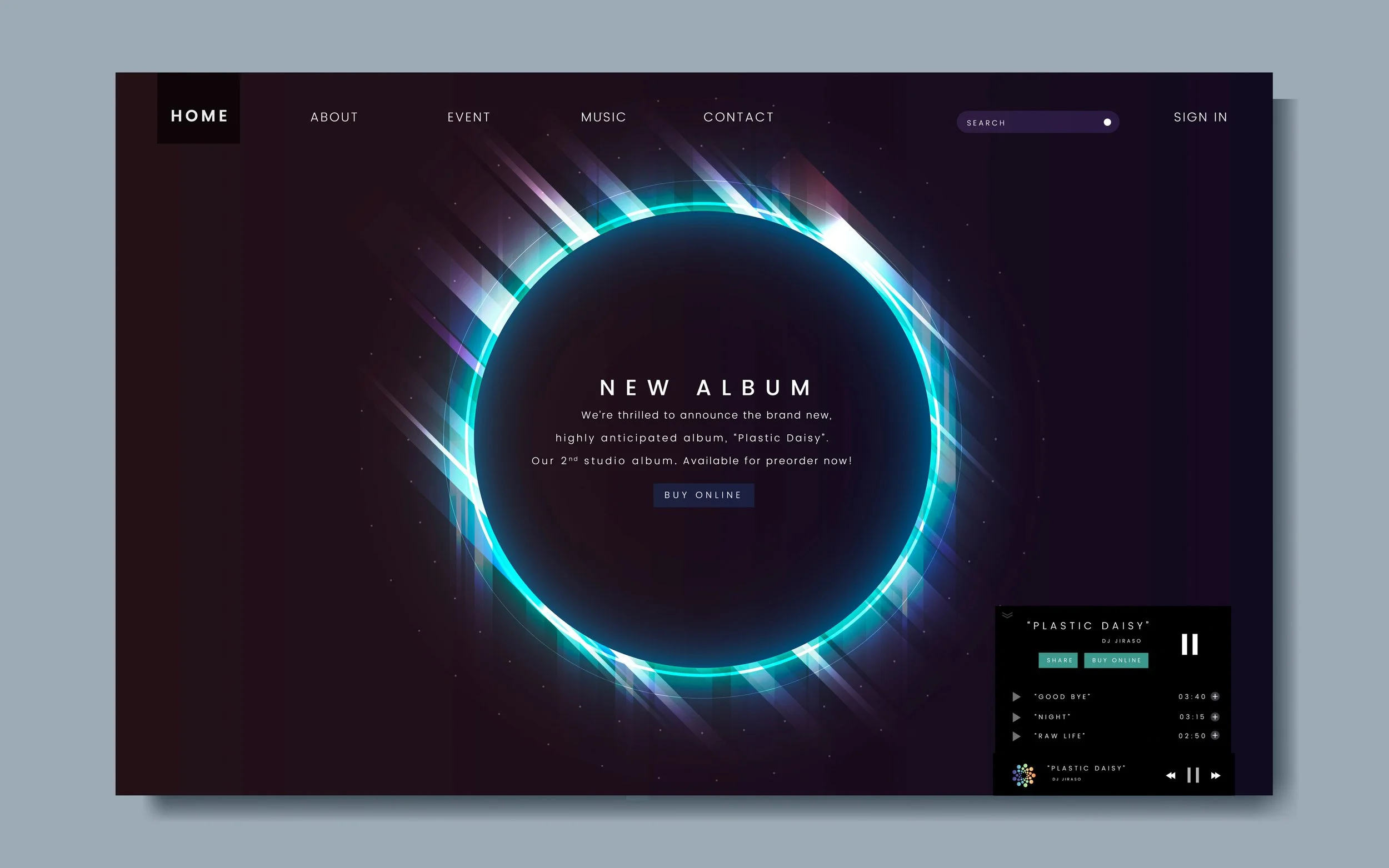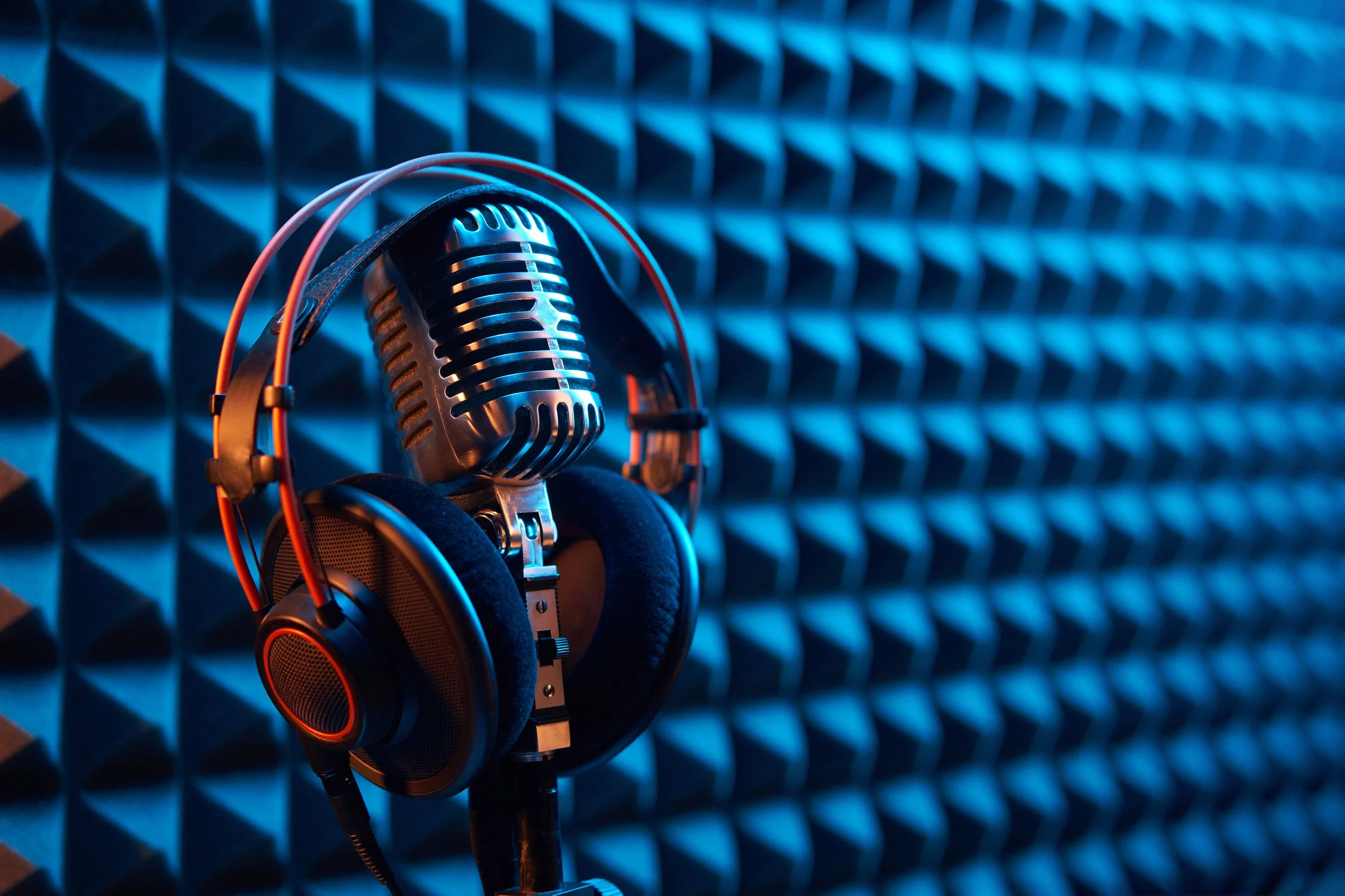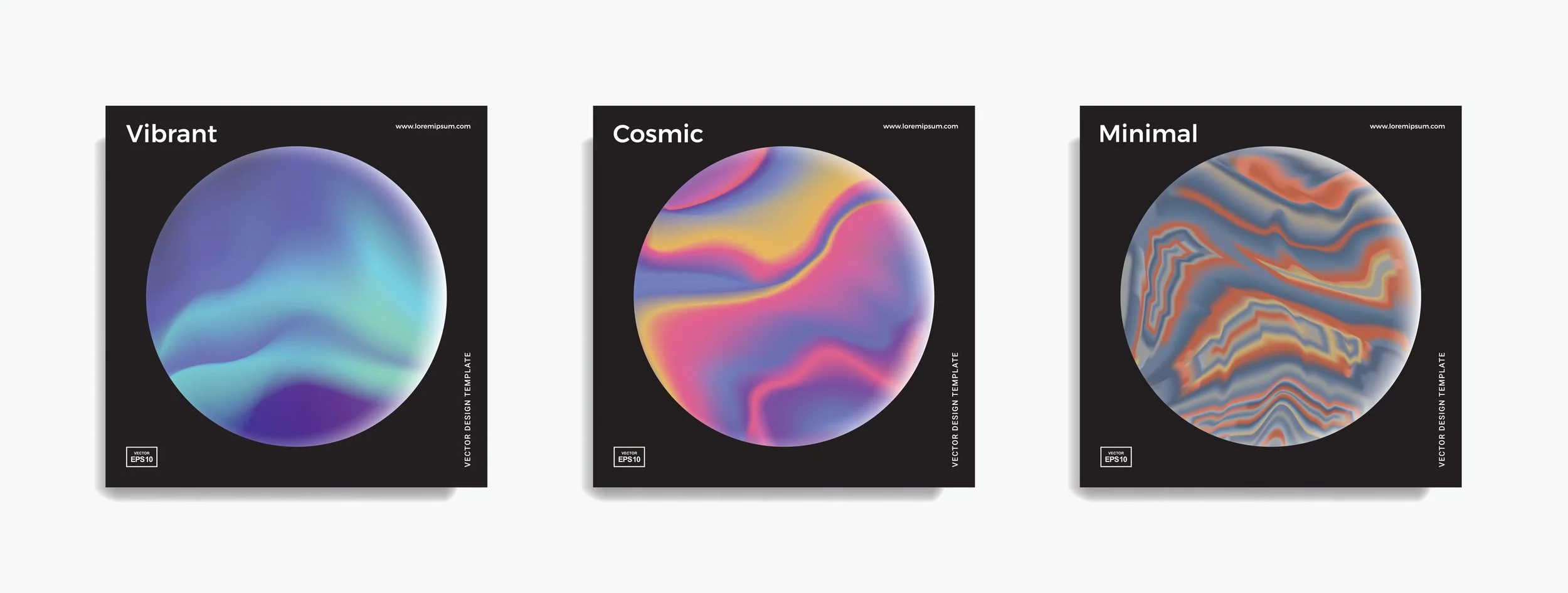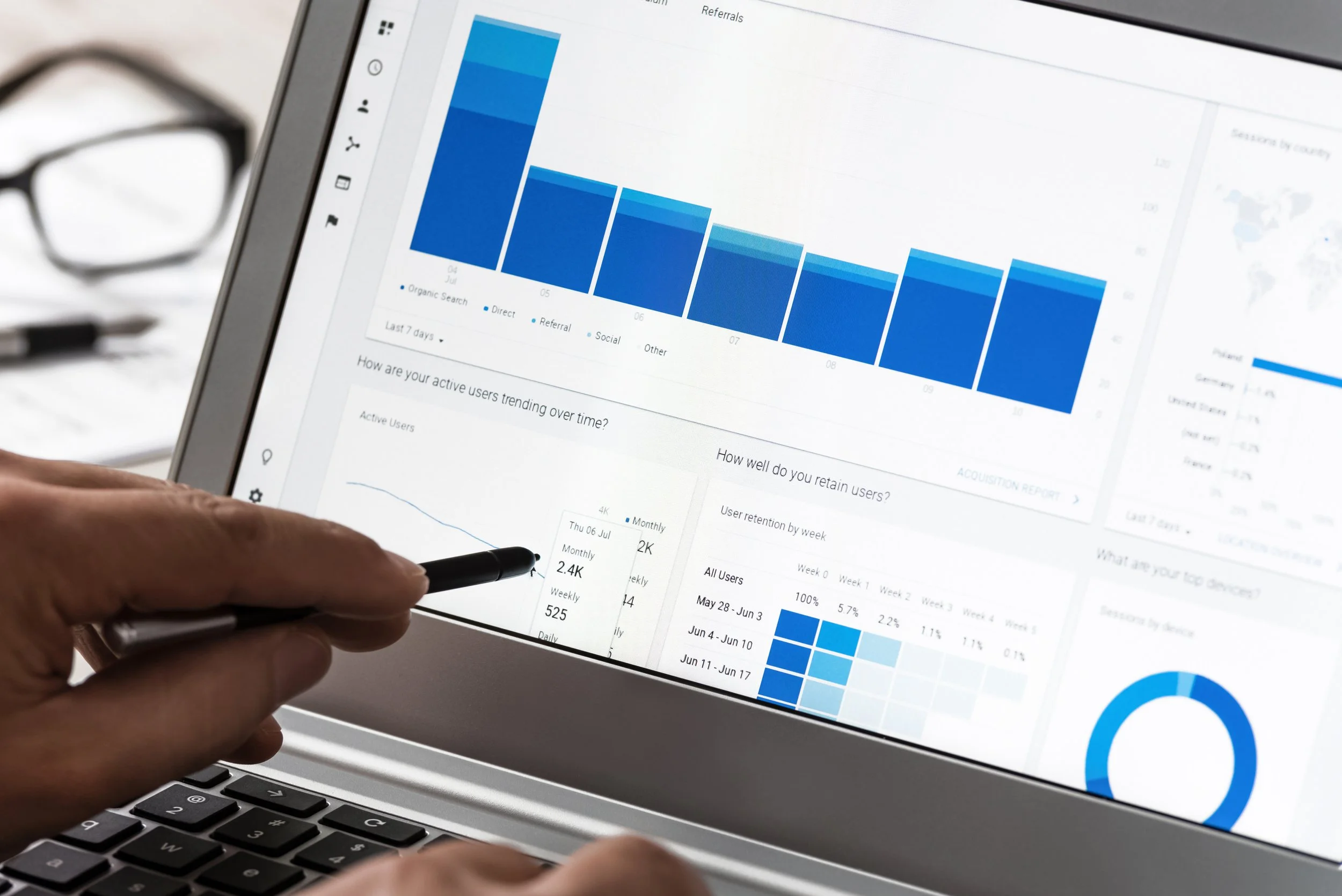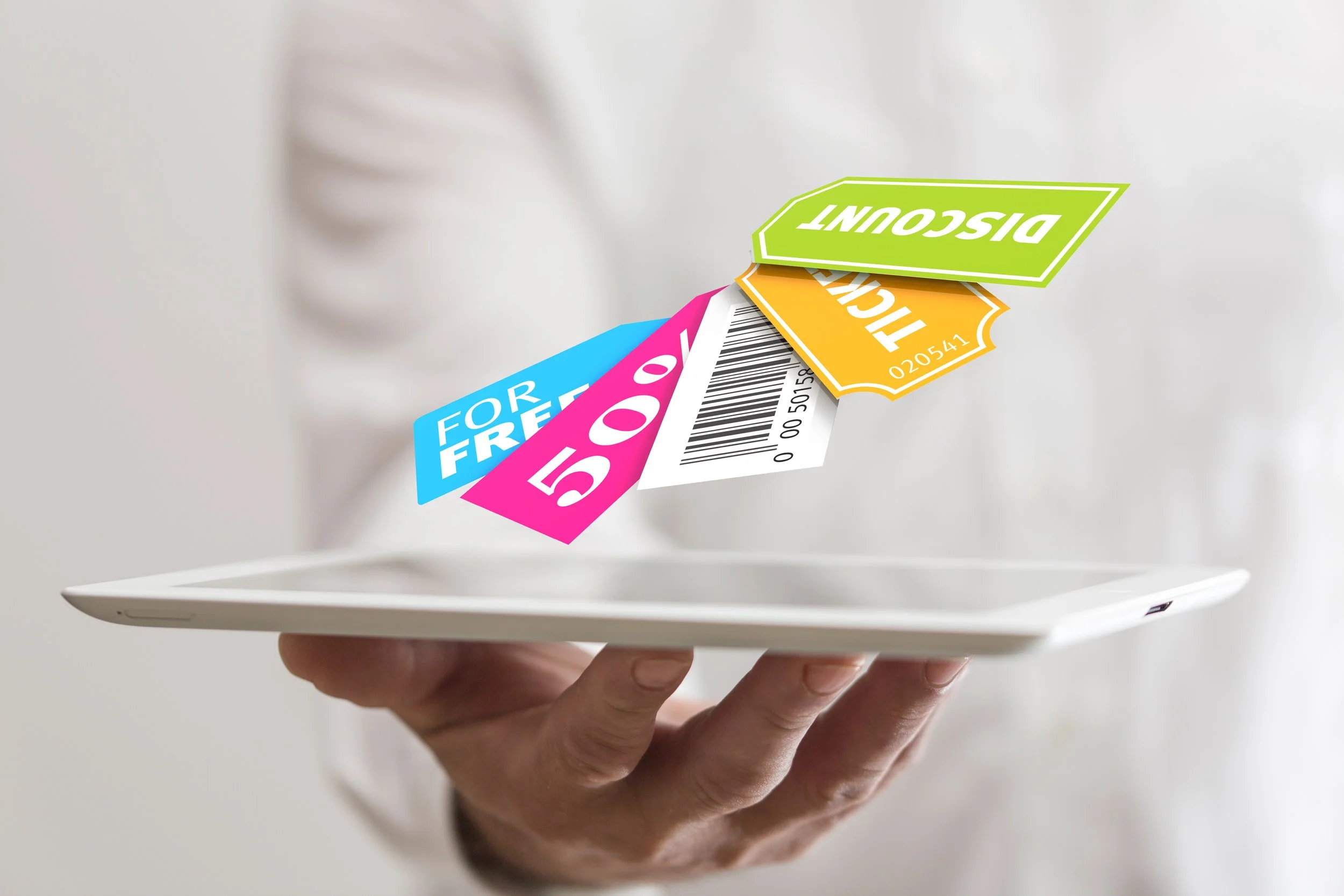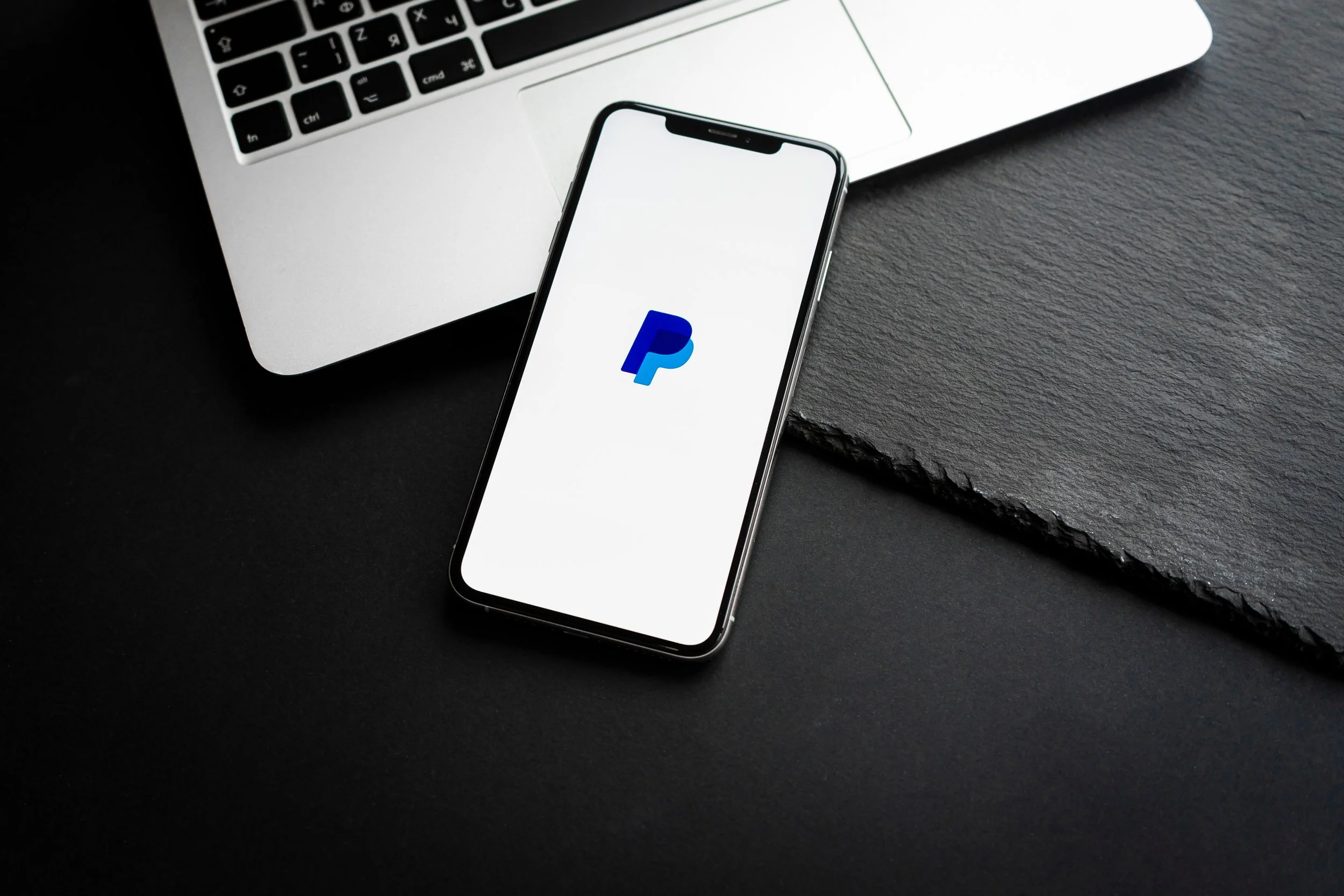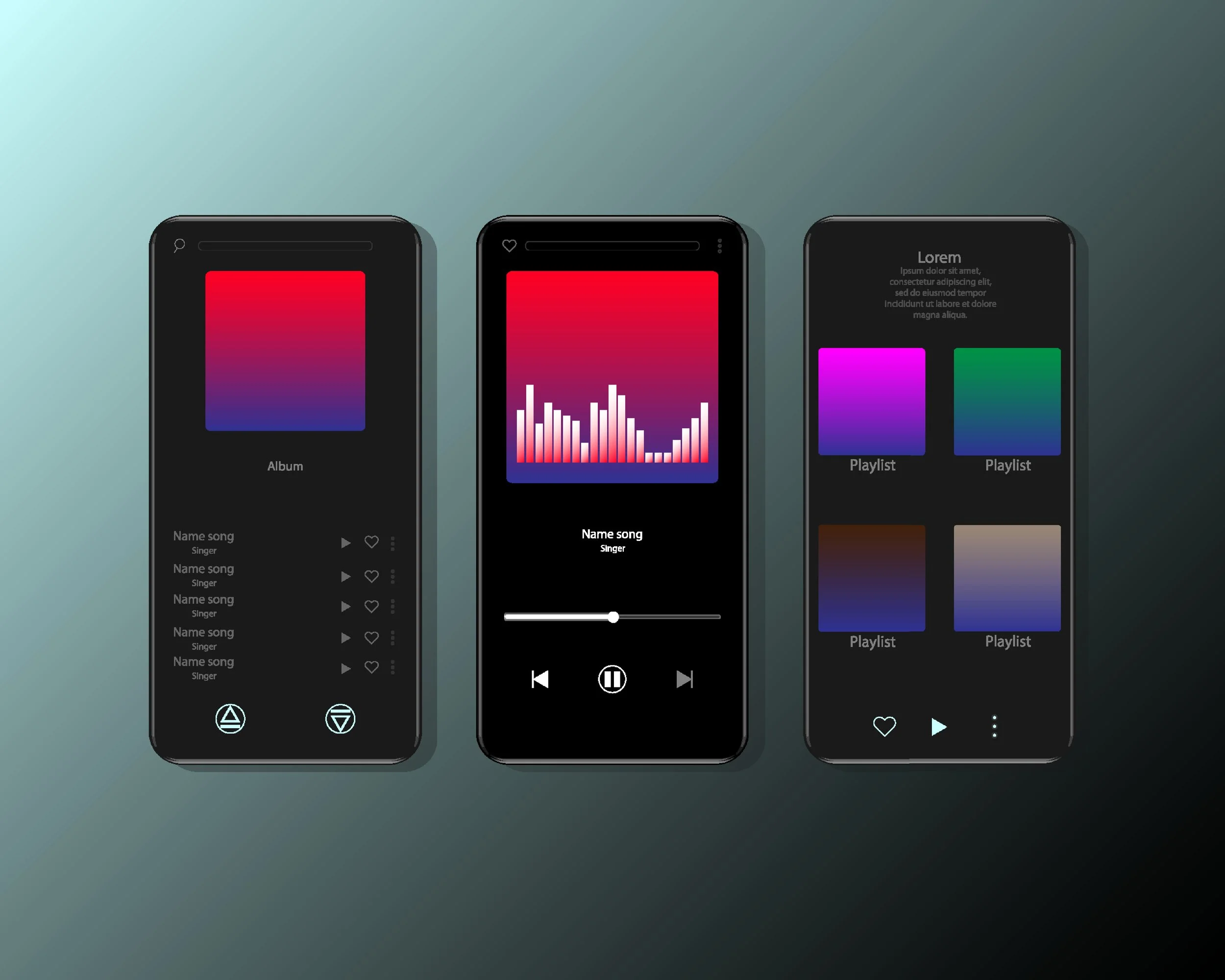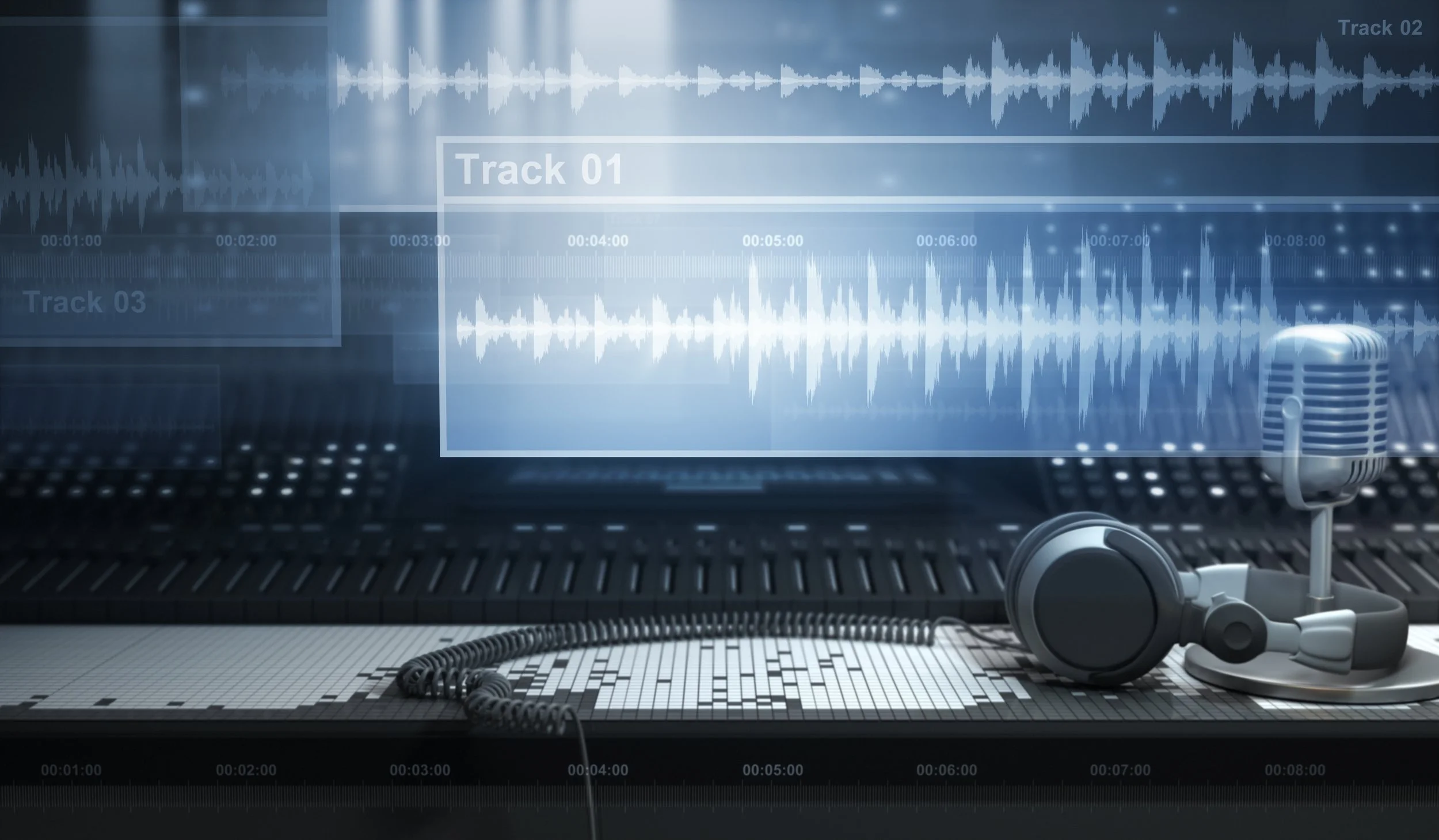Beat Licensing 101
Breaking down the differences of beat licenses and how they can benefit you as a producer are extremely important, but first, let’s go over what a beat license actually is. When you sit down and create a piece of music such as a beat, you are the owner of that music. If someone else wants to use it, they need to get permission from you and pay you in order to use your work. Just like a rental property, if you want to live in a house that someone else owns, you have to pay that person rent and they have to give you permission to move into their house. The same concept can be applied to beats - they’re like little pieces of real estate that people have to pay you to use. There are a few different types of licenses and we're going to break them down below.
Non-Exclusive License
This first license means that a single beat can be used by multiple artists at the same time. “How does that benefit me as a producer?” Basically, you can have unlimited artists lease the same beat over and over which is great because you can make an unlimited amount of money off of non-exclusive licenses. You can continue to license a beat as many times as your heart desires until you either decide to sell exclusive rights to that beat or take it down for whatever reason. Another great thing about non-exclusive licenses is that you can create certain tiers of those licenses. A lot of producers that you come across, like on Airbit, will have anywhere from two to four types of licenses with different terms and tiers. These tiers give artists the flexibility to choose how they want to utilize the beat and work with their budget. For example, you may see a basic tier which just includes an MP3 and a certain amount of downloads or streams. If the basic tier doesn’t give you the right to use the beat for a music video, the person interested in purchasing it may opt for a higher tier if they do want to utilize it in a music video. Higher tiers typically include a WAV file along with additional downloads, non-profit/for-profit performances, etc. (aside from everything already included in the basic tier)
Exclusive License
This license means if anyone purchases exclusive rights to a beat, they are going to be the last artist to make that purchase. Usually, that purchased beat gets taken down from a producer's beat store because it cannot be sold to any other artists again. Aside from any potential backend royalties from performances, the upfront fee/sale of the beat is the only money you’ll make from a beat sold exclusively. As a result, beats that are sold exclusively typically have a higher price tag so that the producer who’s selling them can maximize their revenue at the point of sale.
The great thing about Airbit is that we allow you to customize the terms of your licenses, both non-exclusive and exclusive. You have the freedom to set your terms however you like depending on what you feel is fair. When it comes to customizing your terms, there are a lot of different options on the Airbit platform. You have a choice of deciding whether or not you're going to give them the MP3, WAV, or both. You can decide whether or not you're going to include track outs in a particular license. You can also set the limit on how many sales someone can get from the distribution platforms. Furthermore, you can change the amount of streams allowed, how many times an artist is able to give away free downloads, whether or not the beat can be used in a music video, and whether it can be used on radio stations.
Sync License
This license gives the permission to sync music to video. For example, for your beat to get placed in TV, film, or some form of media, you would need a sync license (also known as a synchronization license). We have an entire in-depth article and video on this right here.
Also, if you weren’t already aware, Airbit has an entire beat licensing management section! Check out our full support article on it to learn how to manage your custom licenses.


